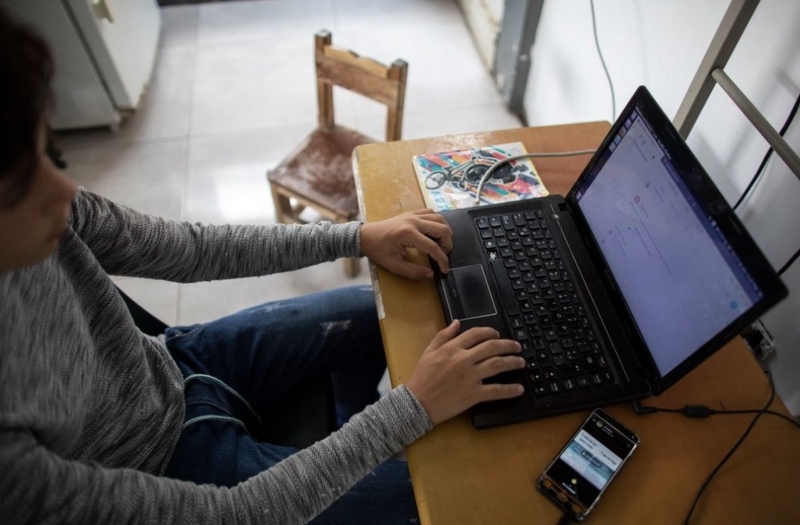Idaho’s digital divide is a complex problem with no easy solutions, but here are tools to help

Technology touches everyone, everywhere. Every household needs to have broadband access. It is no longer a luxury. But large sectors of the population lack access to such services for internet use as well as other crucial forms of digital technology.
As a parent and educator, I have pondered this dilemma for years. The depth of this problem became even more apparent when I attended workshops including the recent “Readying Idaho’s Rural Communities to Capture the Benefits of Digitalization” run by the University of Idaho Extension in conjunction with the Idaho Commission for Libraries.
This digital divide negatively impacts education, human connection and job opportunities. Five million rural American households and 15.3 million urban or metro areas still don’t access broadband internet. A study by the Pew Research Center noted that 24% of adults with household incomes below $30,000 a year don’t own a smartphone and 40% of those with lower incomes don’t have home broadband services or a computer. Roughly half of low income families have struggled to pay their internet and cell phone bills.
In today’s economy, many jobs require digital skills. People who do not have access to the internet or digital devices are at a disadvantage when it comes to finding employment. They may be unable to apply for jobs online, complete job training programs or use the internet to network with potential employers. Millions of unemployed workers have trouble navigating state unemployment websites.
The internet has made it easier than ever for people to connect with each other. However, people who do not have access to the internet are missing out on this opportunity. They may not be able to stay in touch with friends and family, access important information or participate in online communities. A person with a disability might have a hard time heading to the doctor. But internet access could remedy this situation through telemedicine.
Almost 15% of students face barriers in remote learning conditions because they lack access to high-speed internet at home. The internet is a valuable tool for learning. Students who have access to the internet can use it to research topics, complete assignments and connect with other learners. However, students who do not have access to the internet may not be able to keep up with their schoolwork, participate in online learning programs or access the same resources as their peers.
The federal Affordable Connectivity Program is a discount on monthly internet bills for qualifying low-income households.
* Up to $30 per month for broadband services purchased by eligible households.
* Up to $75 per month for broadband services purchased by eligible households on tribal lands.
* One-time discount of up to $100 on the purchase of a laptop, desktop computer, or tablet from participating providers (if the purchaser contributes more than $10 and less than $50 toward the purchase price).
For more, including how to apply, visit https://getacp.org.
The Idaho Commission for Libraries offers a website, https://
The digital divide is a complex problem with no easy solutions. However, there are a number of things that can be done to address it. Governments can invest in infrastructure to make internet access more affordable and available. Schools can provide students with access to computers and the internet. And businesses can offer training programs to help employees develop digital skills.
By working together, we can close the digital divide and help ensure that everyone has the opportunity to succeed in the digital age.








